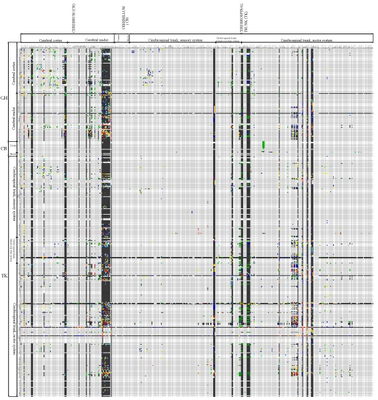Workshop 4C
Workshop in Macroconnectomes Construction
Moderator:
Mihail Bota,
Kavli Institute for Neuroscience, Norway
- Multiple approaches to database the entorhinal cortex
Trygve Leergaard, Faculty of Medicine, University of Oslo, Norway
- Mapping system level connectivity in the rat brain: digital brain atlasing and (semi-)quantitative tract tracing
Rembrandt Bakker, Donders Institute for Brain, Cognition and Behavior, Netherlands
- CoCoMac 2nd edition: open access made easy
Hong-Wei Dong, LONI, UCLA, USA
- An Open Resource for Mapping Neural Networks
Oliver Schmitt, University of Rostock; Department of Anatomy, Germany
- Connectomes of the rat nervous system

 regions level) are essential for understanding the structure-functional relationships of different parts of the mammalian central nervous system. They are also the starting point in construction of functionally relevant networks with different levels of complexity.
regions level) are essential for understanding the structure-functional relationships of different parts of the mammalian central nervous system. They are also the starting point in construction of functionally relevant networks with different levels of complexity.
